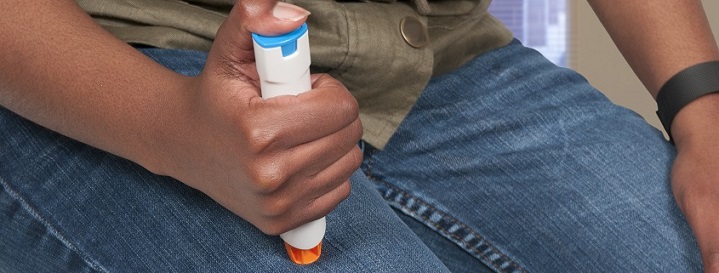Epinephrine underused during anaphylaxis outside of hospital


“It’s a disappointing reality that epinephrine is seriously underused during an anaphylactic reaction, even when it is carried,” says AllerGen investigator Dr. Moshe Ben-Shoshan (Montreal Children’s Hospital and the Research Institute of McGill University Health Centre).
A new study, led by Dr. Ben-Shoshan and published in the Journal of Allergy and Clinical Immunology: In Practice, has found that has found that only 41% of adults and children experiencing food-induced anaphylaxis use their epinephrine autoinjector (EAI) before being treated at a hospital emergency room.
Over half the time, antihistamines are used as a treatment, while 20% of patients do not receive any treatment at all before arriving at the hospital.
Among the study’s other findings:
- Teenagers are more likely to use an EAI than younger children or adults over 20 years
- Alberta has the lowest percentage of EAI use among the five provinces represented in the study.
AllerGen trainee Sofianne Gabrielli and Jennifer Gerdts, Executive Director of Food Allergy Canada, were study co-authors.
The study is part of a larger, AllerGen-supported national project and database: the Cross-Canada Anaphylaxis REgistry (C-CARE), which has tracked the rates, triggers and management of anaphylaxis across Canada since 2010.
Press release | Allergic Living story
